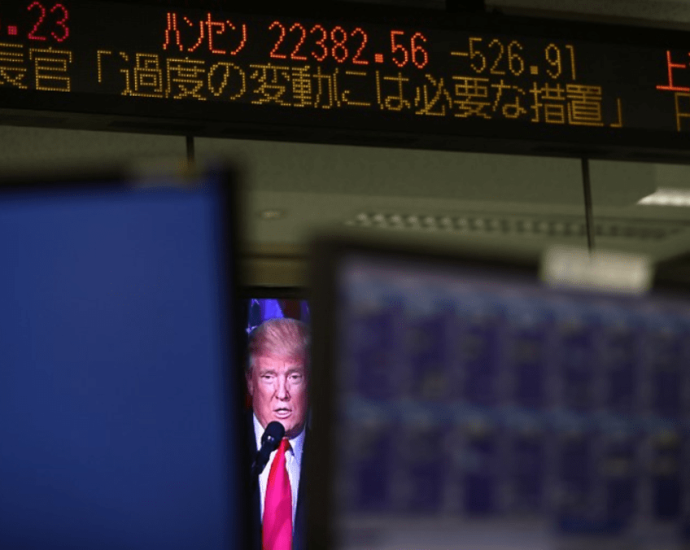Cambodia’s flagship canal in hot water as China funding dries up
China’s absence of clear determination could jeopardise the whole program, given uncertainty over the site’s costs, its economic effect and financial viability, experts, officials and diplomats say. In response to China’s domestic economy struggling, perhaps in nations like Cambodia, it also highlights how Beijing is significantly reducing its investments abroad.Continue Reading














